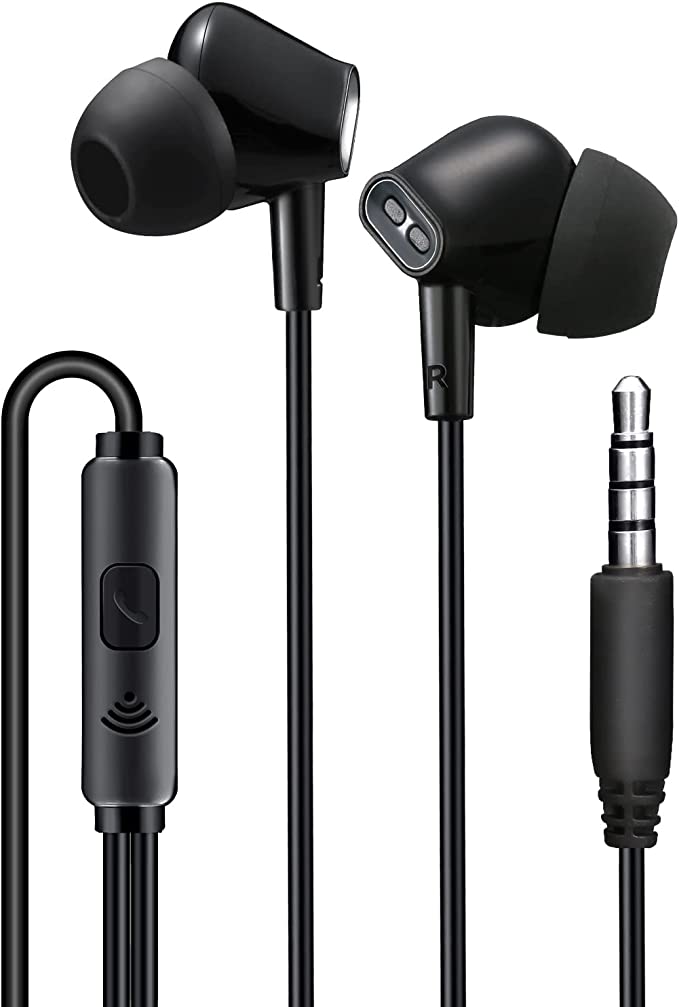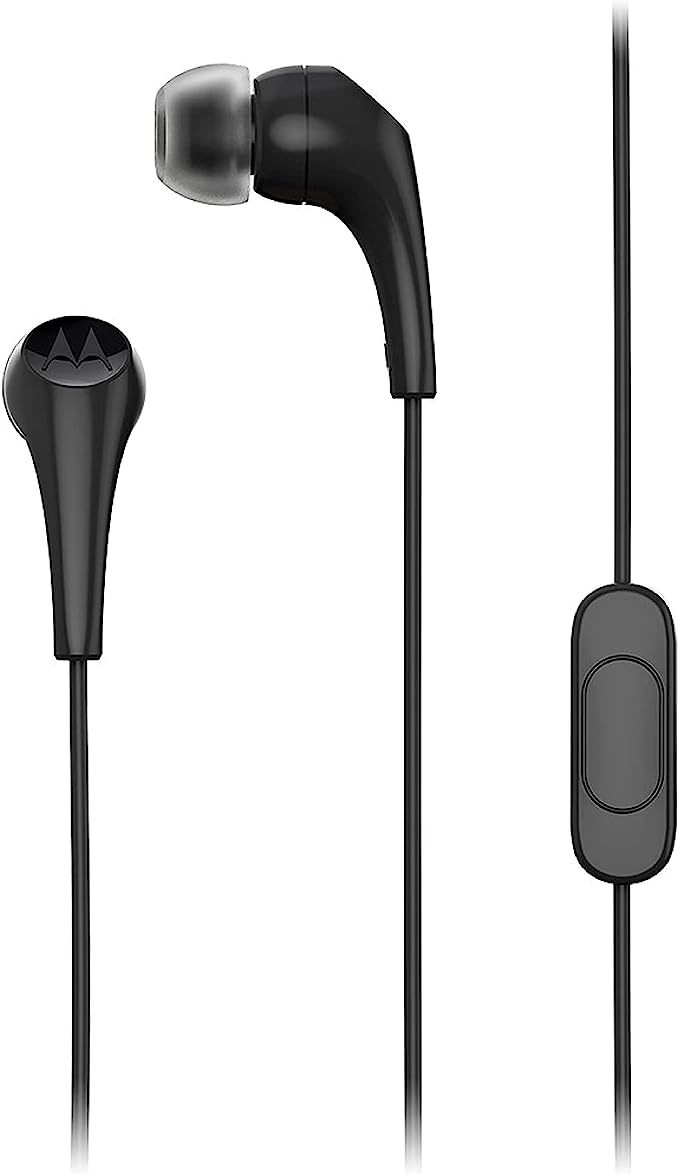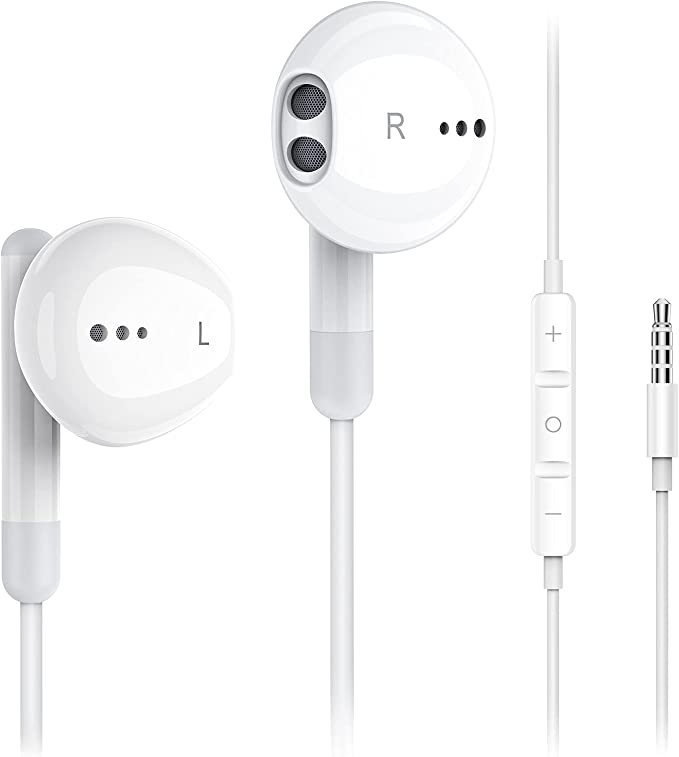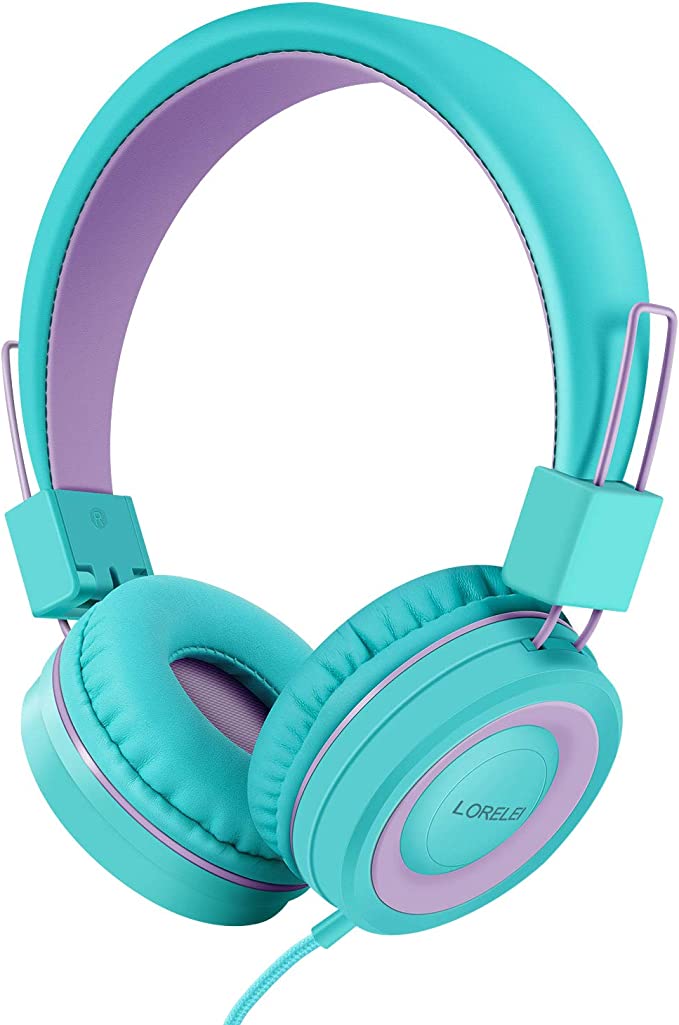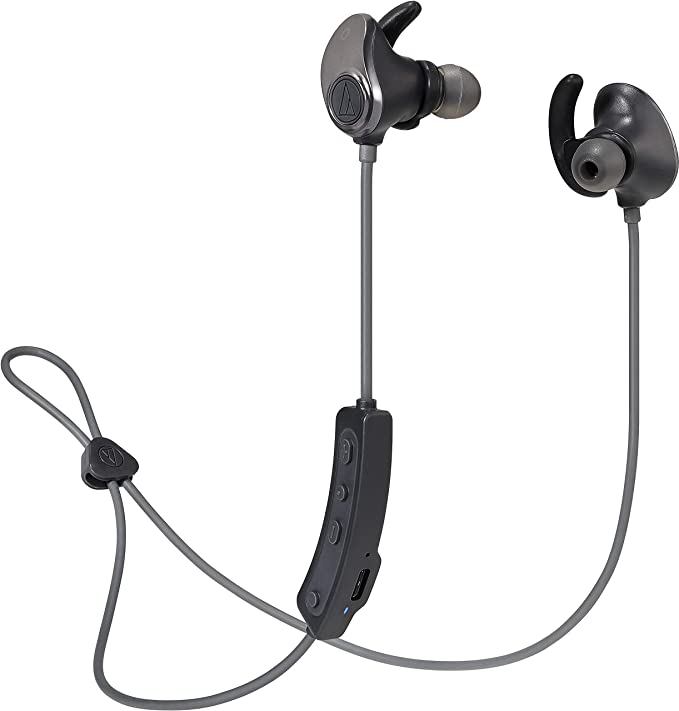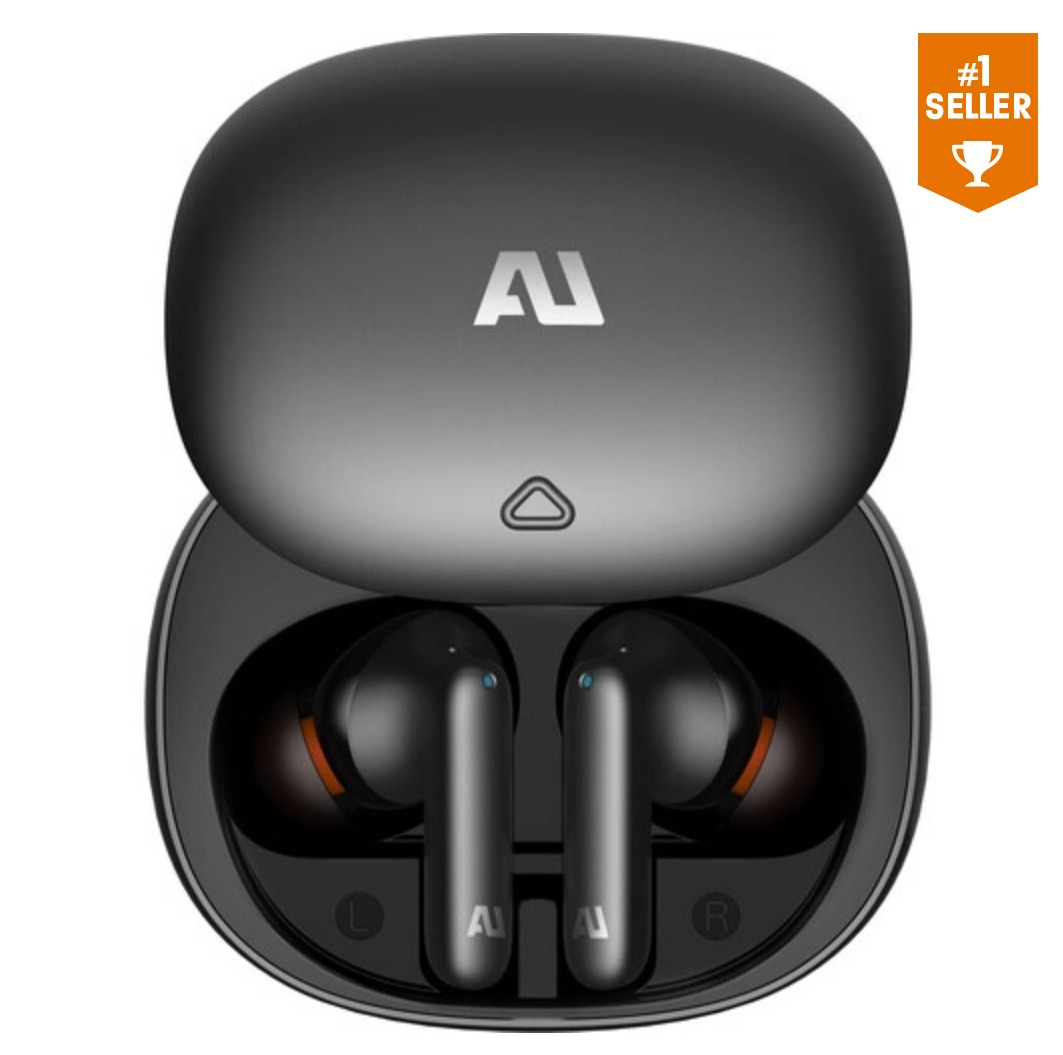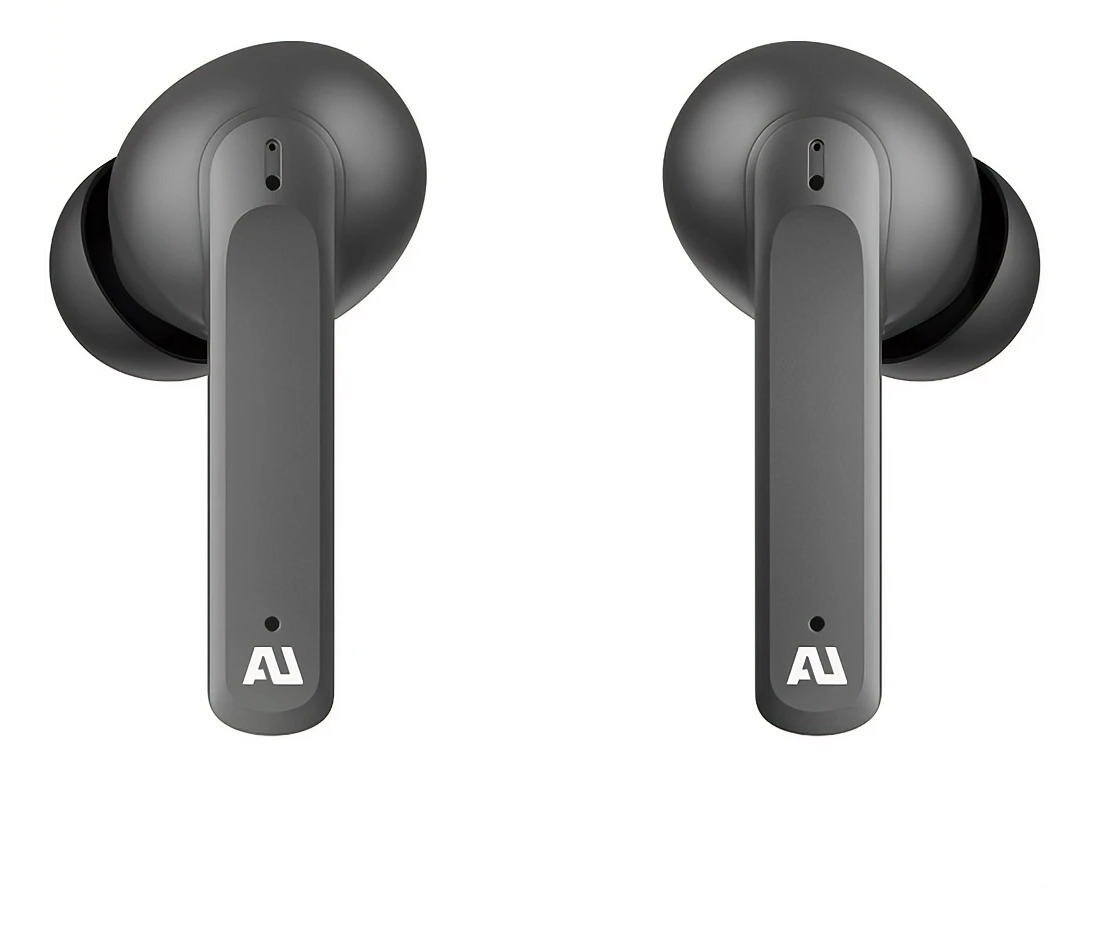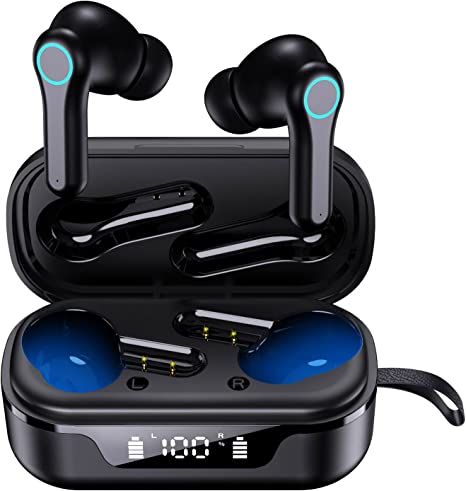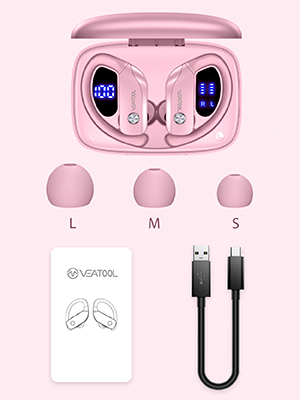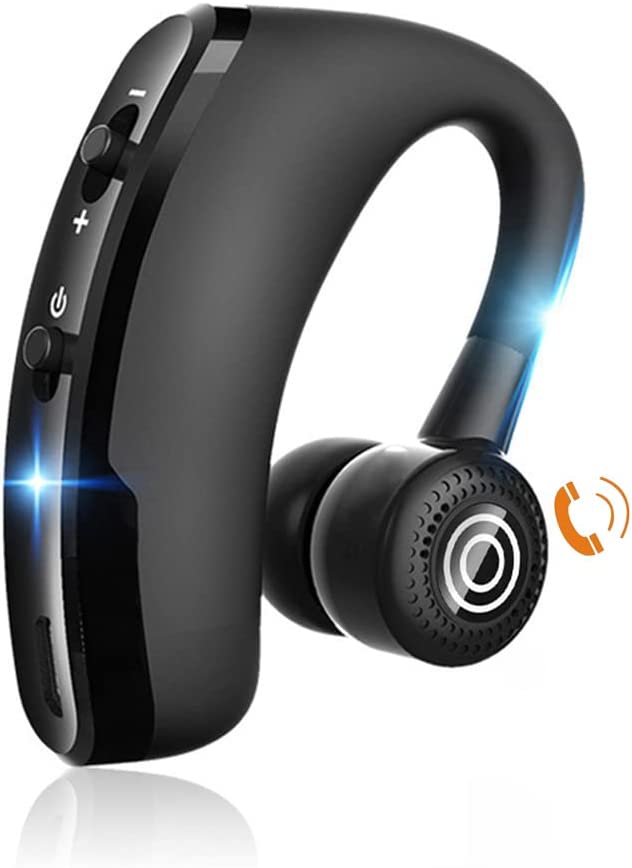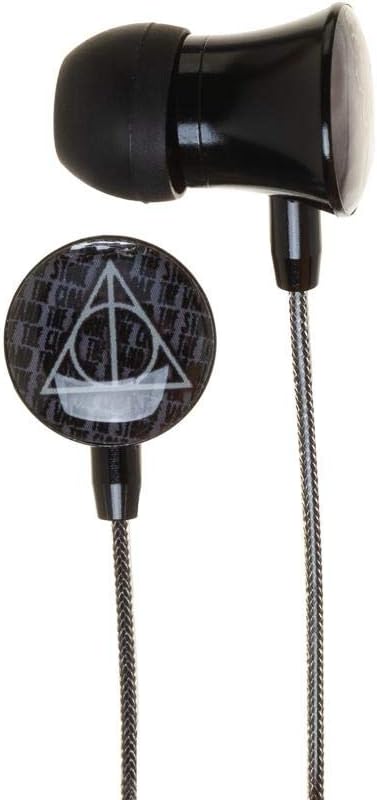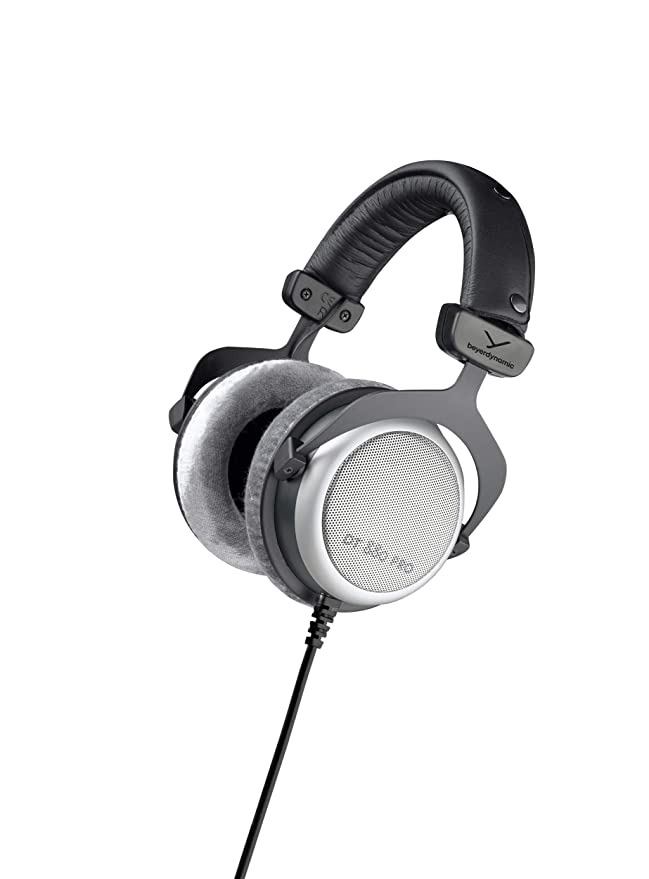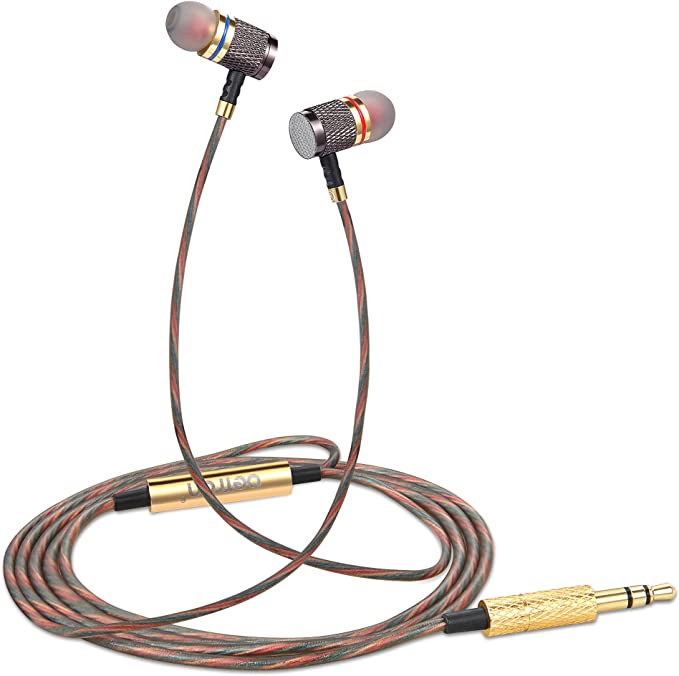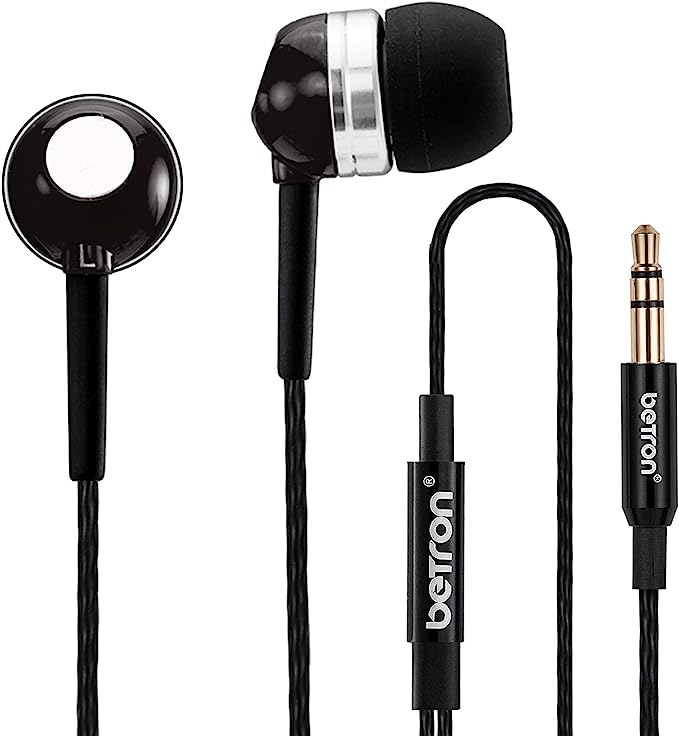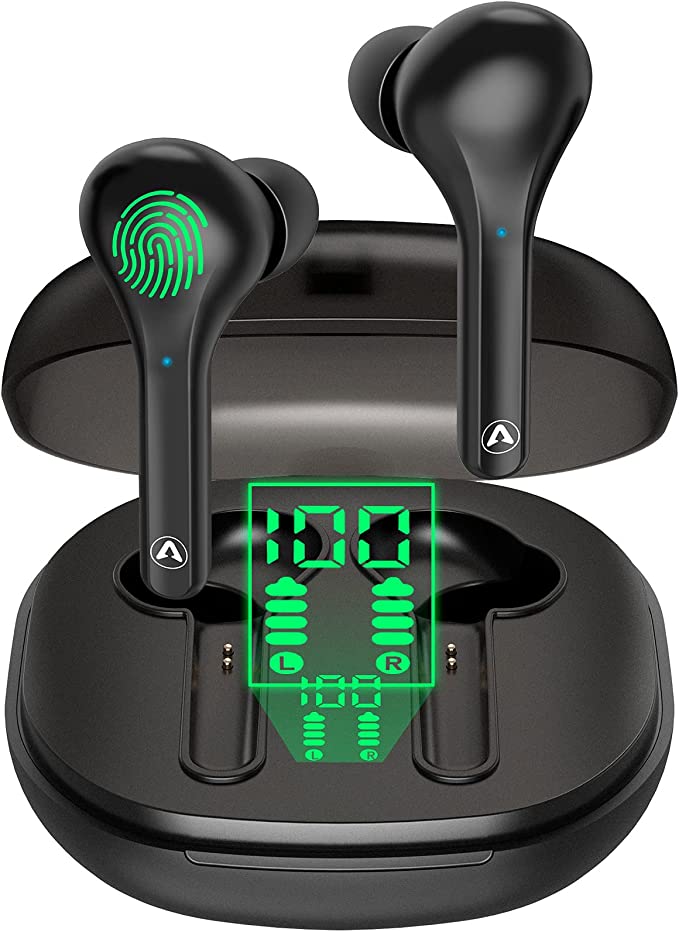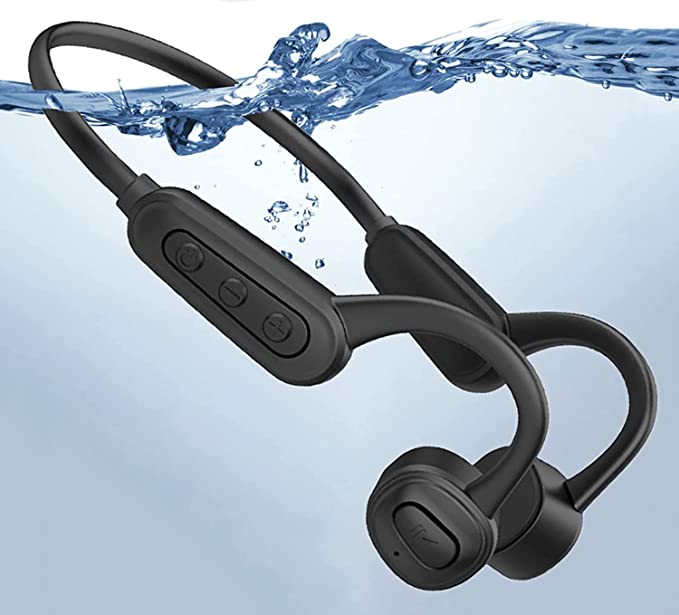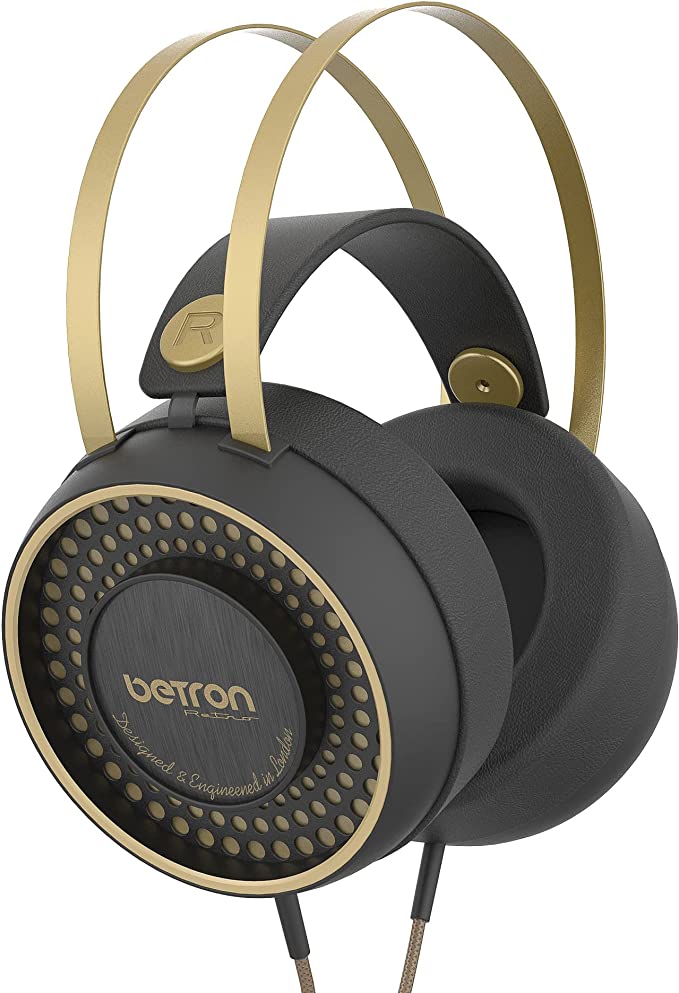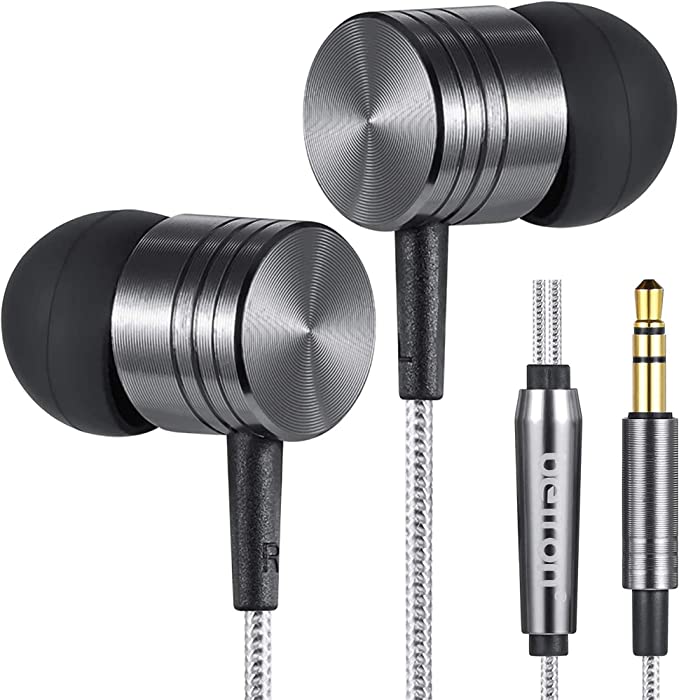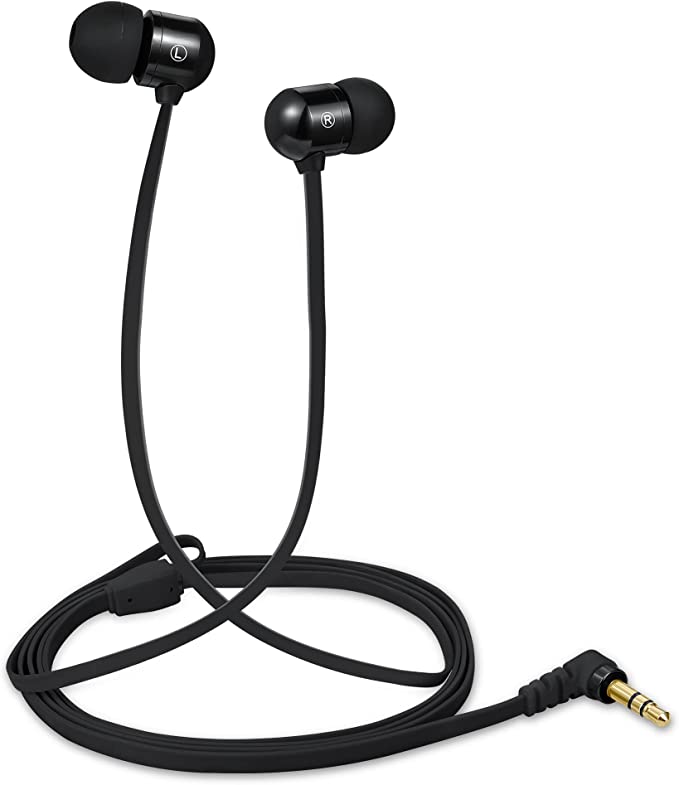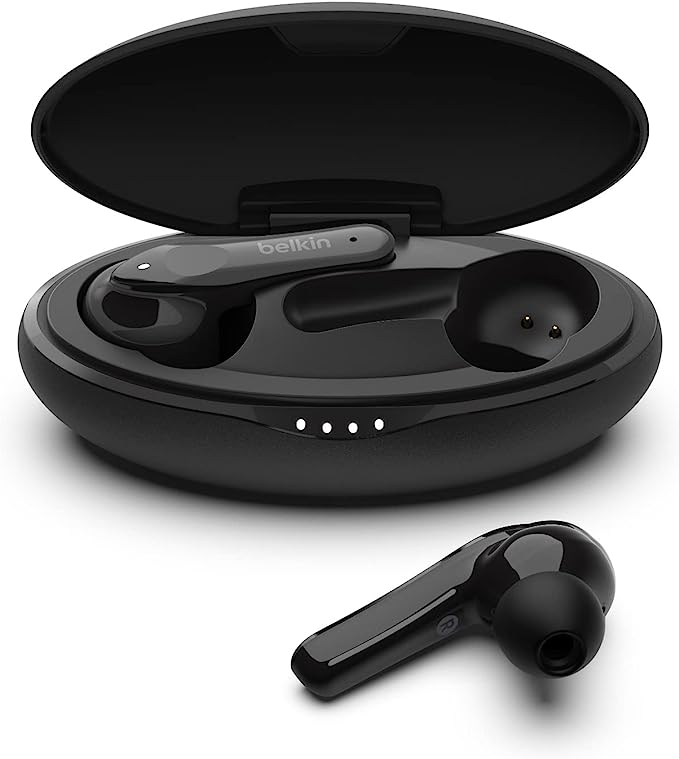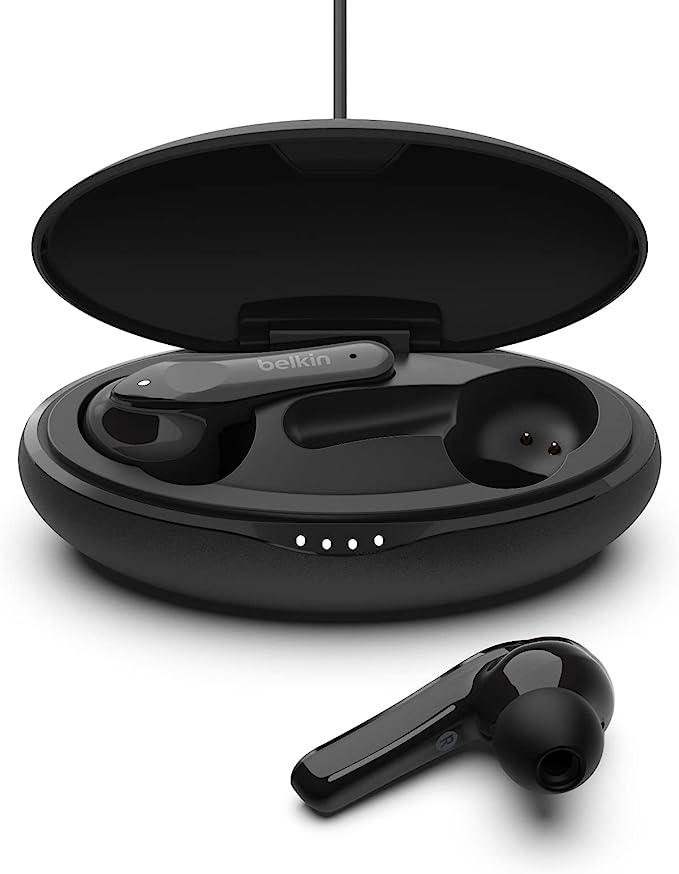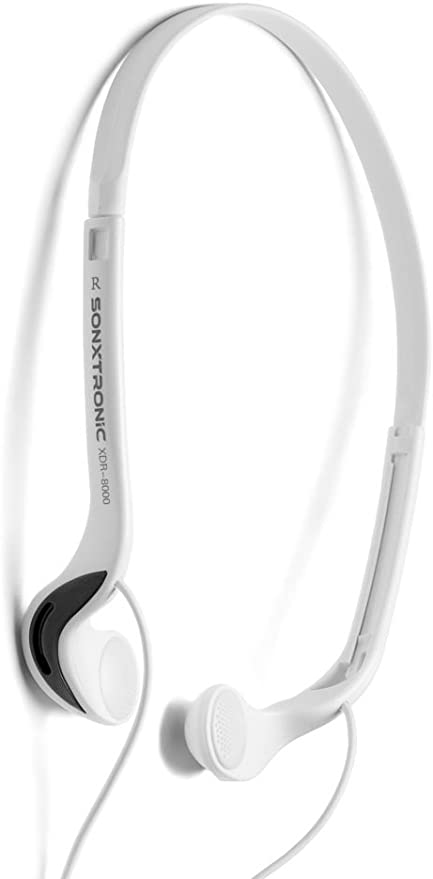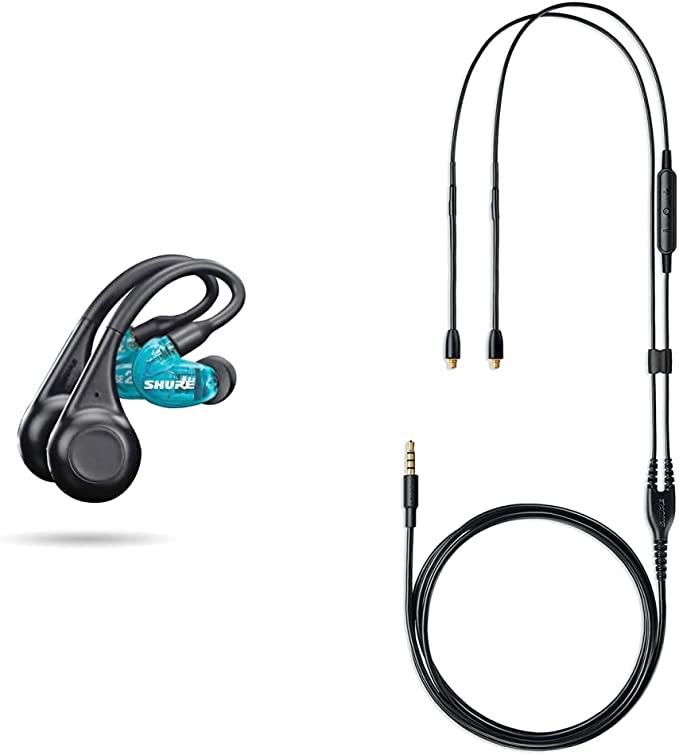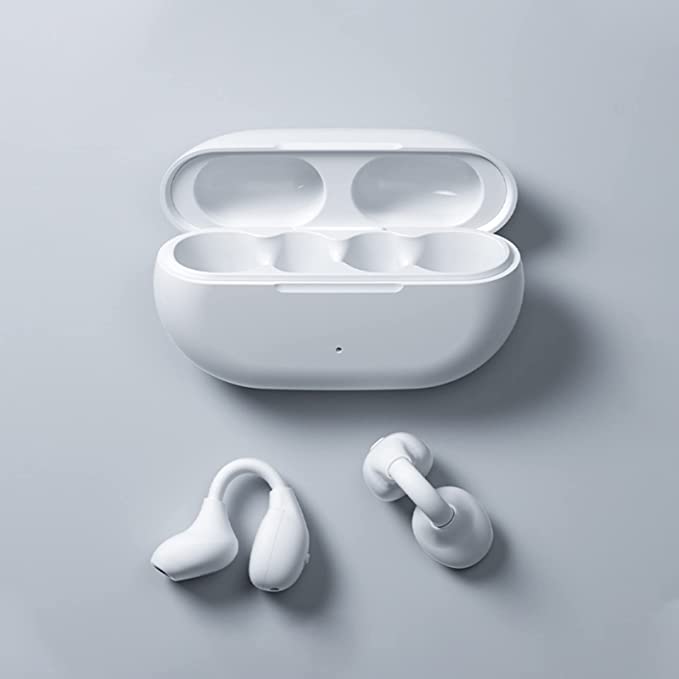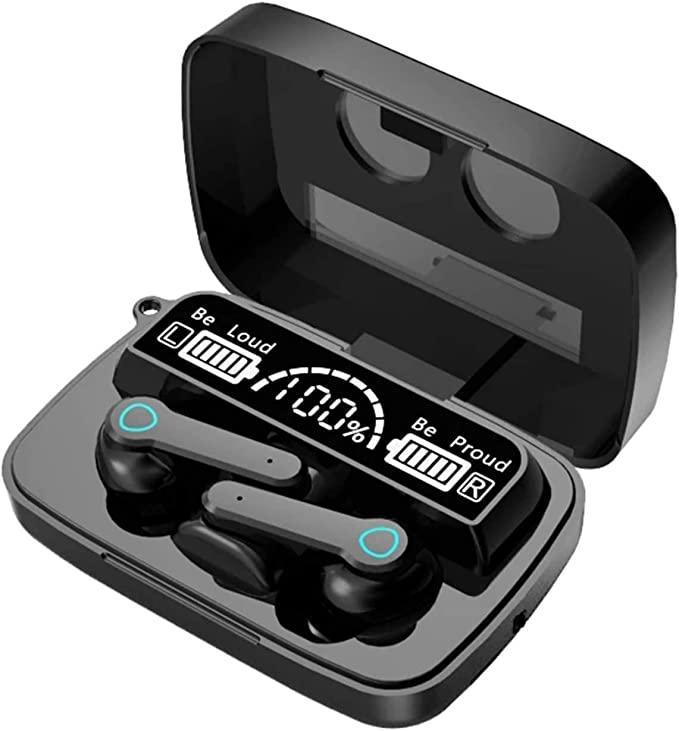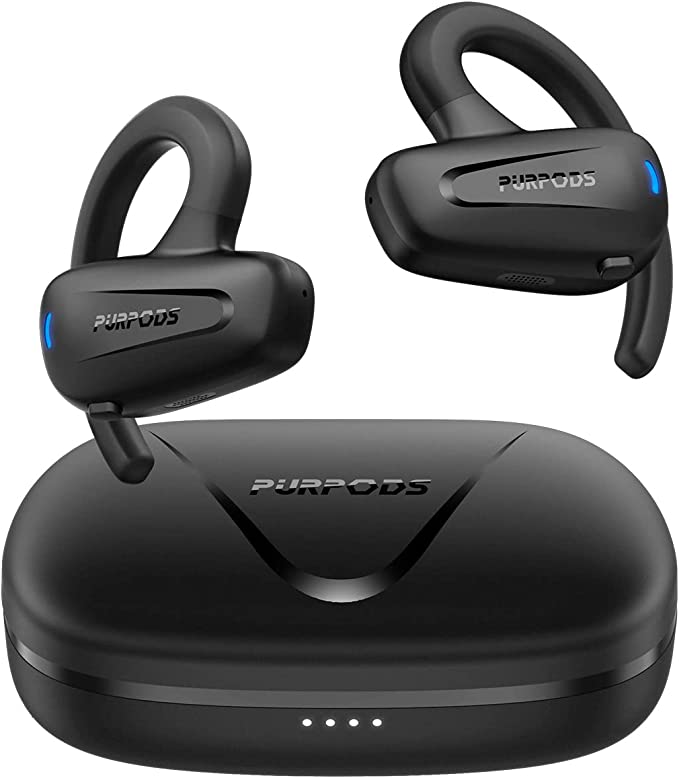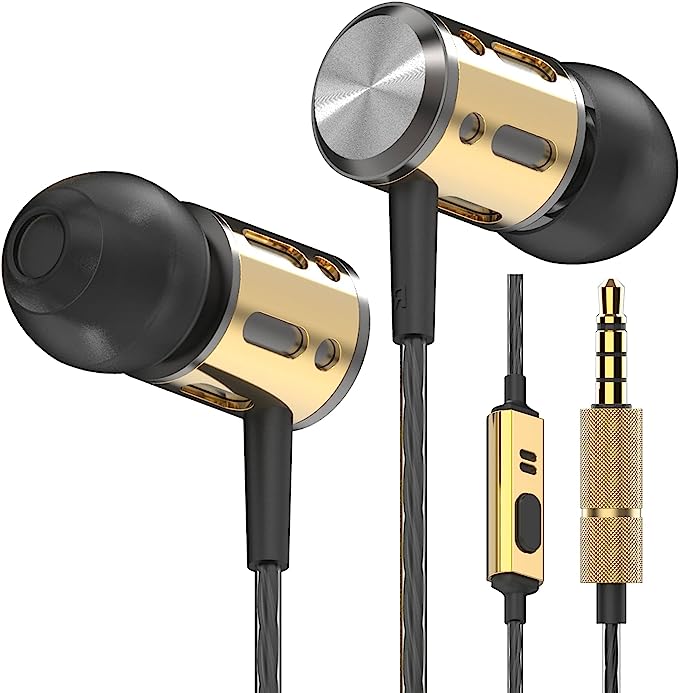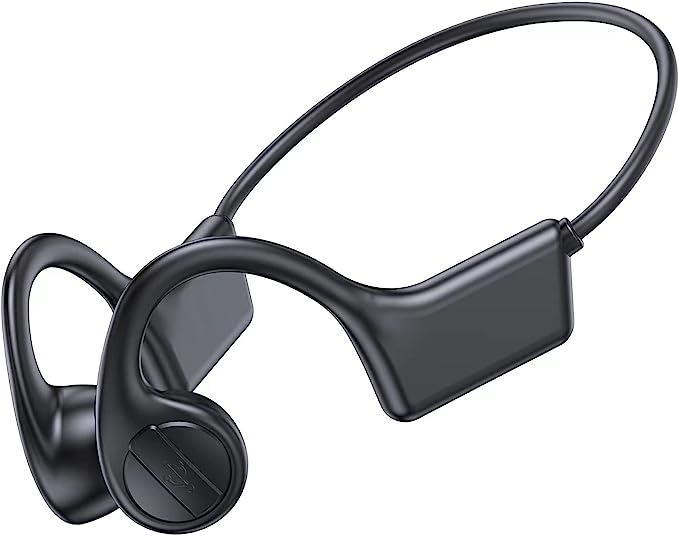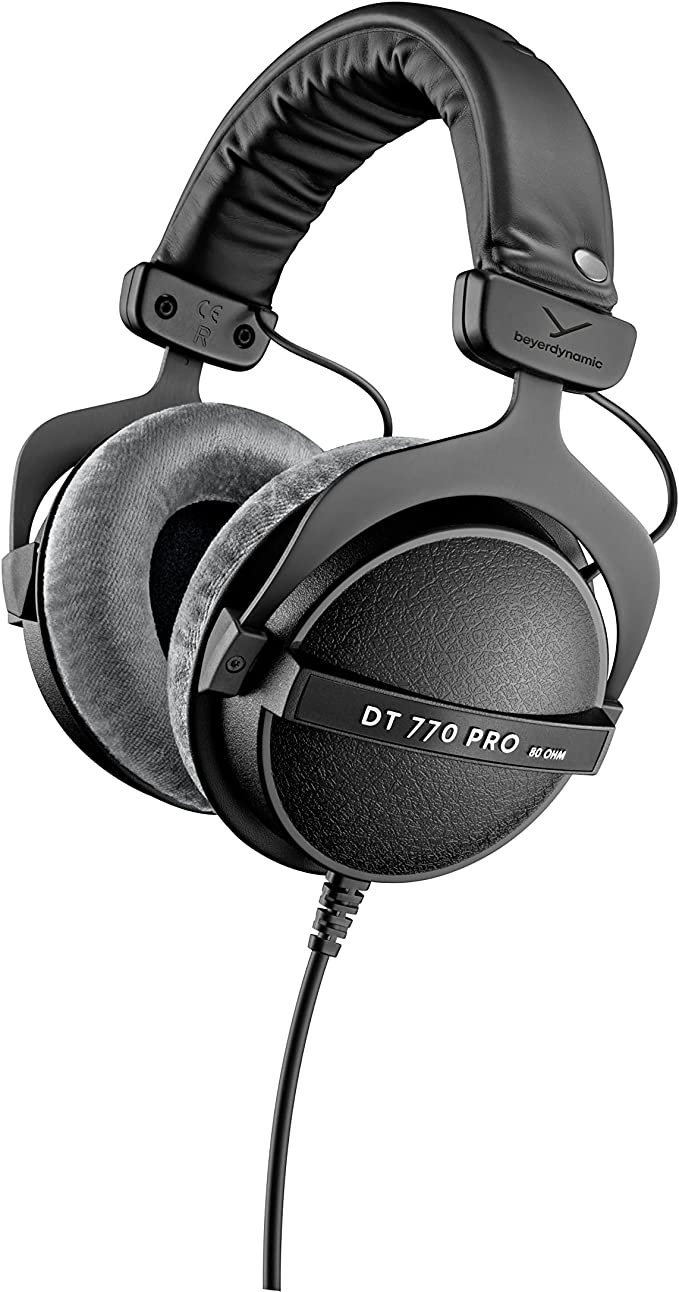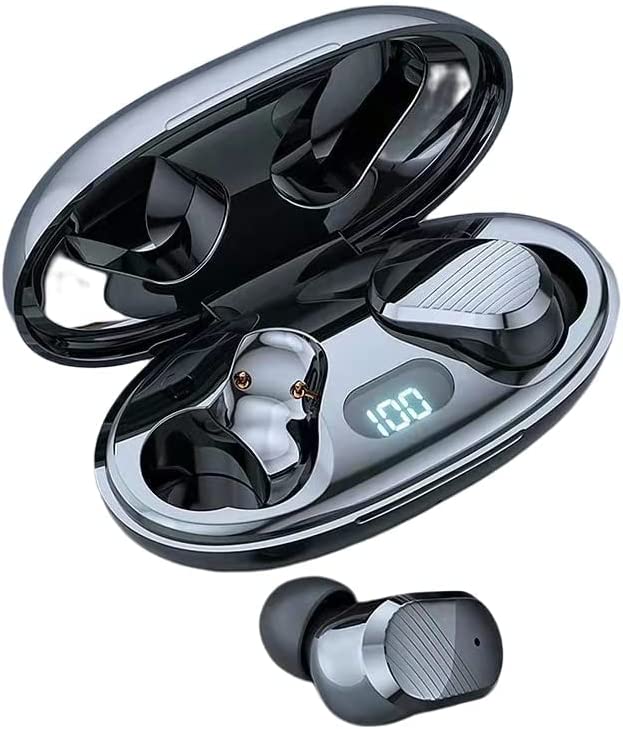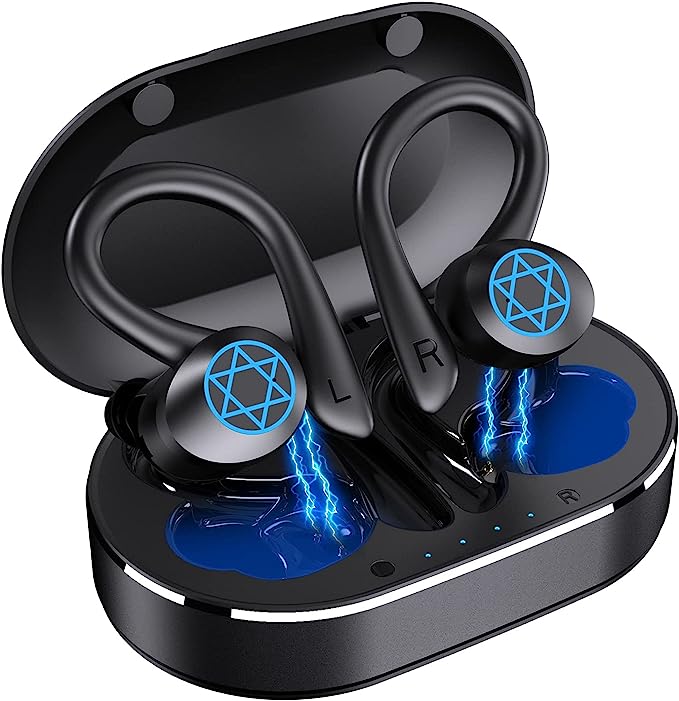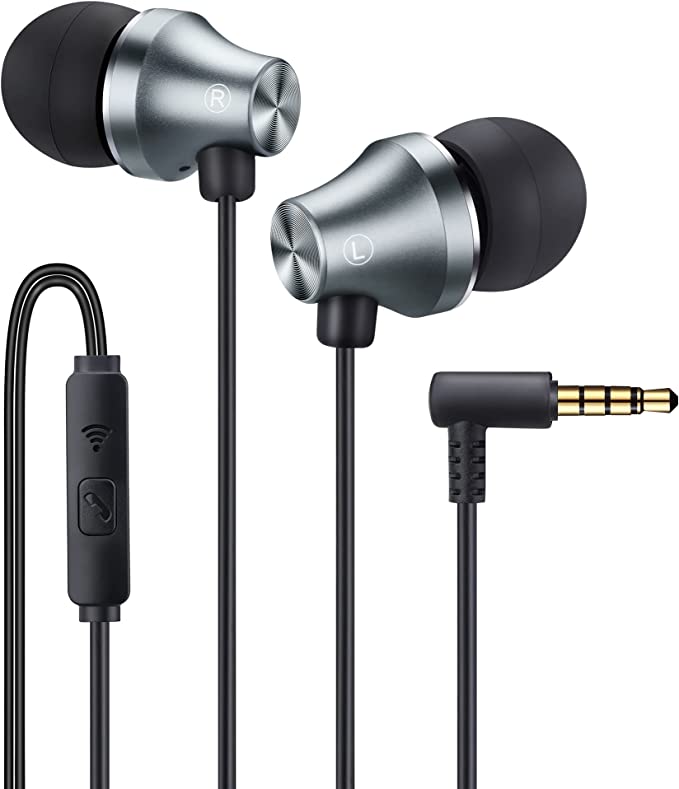Maeline Student On Ear Earphones - A Budget-Friendly yet Quality Headphone Set for Students
Update on June 23, 2025, 5:42 a.m.
Step into almost any modern classroom, library, or even your own home during study time, and you’ll likely see them: students concentração, small headphones cupped over their ears. These unassuming devices, like the Maeline Student On Ear Earphones often found in convenient bulk packs, are more than just simple plastic and wire. They are miniature marvels of engineering, thoughtfully designed to withstand the rigors of youthful enthusiasm while delivering clear sound for learning and exploration. But have you ever paused to consider the science and careful consideration packed into these everyday educational tools? Let’s peel back the layers.
The journey of sound to a student’s ear often begins with a connection that’s both remarkably old and wonderfully reliable: the 3.5mm audio jack. This humble connector, sometimes called a mini-jack or a headphone jack, has a surprisingly rich history. Its larger ancestor, the quarter-inch jack, was a staple in telephone switchboards well over a century ago, a testament to its robust design. The 3.5mm version we know and love truly entered the mainstream with portable music players like the iconic Sony Walkman in the late 1970s, cementing its place as the near-universal standard for personal audio.

But how does this little plug work its magic? Imagine it as a tiny, three-lane highway for sound. On a typical stereo plug (known as a TRS plug for its Tip, Ring, and Sleeve sections), the very Tip usually carries the audio signal for the left ear. The Ring, the segment just behind it, handles the right ear’s audio. And the longest part, the Sleeve, serves as the common ground, completing the electrical circuit. When you plug it in, these lanes precisely line up with contacts inside the device, allowing distinct left and right audio signals to flow, creating that immersive stereo sound. When Maeline mentions a “3.5mm HQ Stereo Sound Jack,” it’s signaling a commitment to this fundamental integrity – ensuring the audio signals are transmitted cleanly, without a muddle, which is vital for distinguishing words in a language lesson or notes in a musical piece. In the bustling, tech-filled environment of a school, the 3.5mm jack remains a champion for its sheer simplicity and reliability. There are no batteries to die mid-lesson, no complex Bluetooth pairing rituals, and it works with virtually any tablet, phone, PC, or Chromebook – a true embodiment of universal design.

Beyond the connection, the physical design of student headphones is a careful dance of ergonomics, especially crucial for growing bodies. The Maeline earphones feature an On-Ear (or supra-aural) design. Unlike earbuds that go into the ear canal or bulky over-ear cans that completely envelop the ear, on-ear headphones rest gently on the outer ear, or pinna. This offers a neat balance: enough sound isolation to help a child focus on their audio, but often allowing a little ambient sound through – a teacher’s voice, for instance. This can be safer and more practical in a classroom setting.
Then there’s the almost imperceptible quality of being Lightweight. This isn’t just a comfort feature; it’s basic physics. Less mass means less downward force and torque on a child’s head and neck. Especially during longer online learning sessions or when enjoying a movie on a trip, a lighter headphone reduces fatigue and strain, aligning with key principles of pediatric ergonomics. This is complemented by an adjustable design. Children aren’t one-size-fits-all, and their headphones shouldn’t be either. An adjustable headband allows the earcups to be positioned perfectly, ensuring not only that the sound is directed optimally into the ear canal but also that the clamping pressure is distributed evenly for a snug yet comfortable fit that can adapt as they grow.

And what about those “soft ear cushions”? These are the unsung heroes of long-term wear. Often made from materials like breathable protein leather or pliable acoustic foam, these cushions don’t just feel nice. Their primary job is to diffuse the clamping force of the headband, spreading it out over a larger surface area of the pinna. This prevents uncomfortable pressure points and helps create a better seal for improved sound quality, making hours of listening a more pleasant experience.
Now, let’s talk about survival. Anyone who has seen a child’s backpack after a school week knows that educational tools need to be tough. Maeline highlights “flexible material construction” and “robust wires,” and there’s real material science at play here. The “flexible material” often refers to resilient polymers like Polypropylene (PP) or Acrylonitrile Butadiene Styrene (ABS) plastic. These materials are chosen for their impressive impact resistance and ability to absorb shocks and flex without cracking – a far cry from brittle plastics that would shatter on the first accidental drop.
The “robust wires” are equally critical. A headphone cable is its lifeline, and frequent yanking, twisting, and snagging are its mortal enemies. Durability here means more than just a thicker cable. It involves quality copper conductors for good signal flow, tough yet flexible insulation, and, crucially, strain relief – those little rubbery collars where the cable enters the earcups and the jack. Strain relief absorbs the stress of bends and pulls, preventing the delicate internal wires from breaking. It’s a small detail that dramatically extends the life of the headphones.
The design thoughtfulness continues with “swivel cups.” These allow the earcups to rotate, often laying flat. This isn’t just a neat trick for a more comfortable fit around the neck; it’s a brilliant piece of mechanical design for longevity and practicality. When headphones can fold flat, they are much easier to store, especially for schools managing the “Bulk 5-Pack” – they can be stacked neatly in drawers or bins without awkward protrusions getting snapped off. Furthermore, the swivel reduces stress on the hinge points, another common area of breakage. Adding to this practicality is the “Retractable Cable” feature found in these Maeline headphones. This simple but ingenious mechanism, often spring-loaded within an earcup, allows the cable to be drawn back when not in use. Goodbye, frustrating tangles! Goodbye, cable knots that weaken the wires over time! This feature is a significant boon for both convenience and durability, making the headphones quick to deploy and store.

All these carefully engineered features come together in the daily learning landscape. For online learning, computer classes, or engaging with educational apps, clear, intelligible audio isn’t a luxury; it’s a necessity. It reduces cognitive load, meaning the brain expends less effort just trying to decipher sounds and can focus more on understanding the content. In the quiet zones of libraries or during travel, these headphones create a personal audio bubble, allowing for focused study or immersive entertainment without disturbing others. Even the fact that Maeline is noted as a US-based company suggests an understanding of the North American educational market’s need for dependable, affordable solutions.
So, the next time you see a student plugged into a pair of headphones like the Maeline Student On Ear Earphones, take a moment to appreciate the unseen. These devices are not just churned out; they are a culmination of historical innovation in audio connection, ergonomic considerations for young users, material science for resilience, and practical design for the realities of educational environments. They are a quiet testament to how even simple, everyday technology, when thoughtfully engineered, can play a significant role in supporting and enhancing a child’s journey of learning and discovery.
